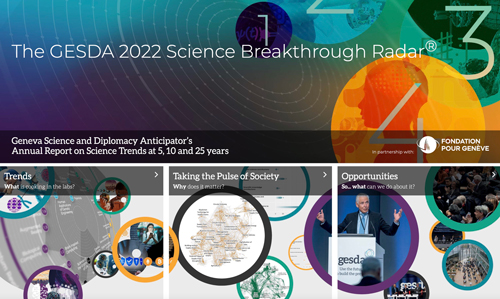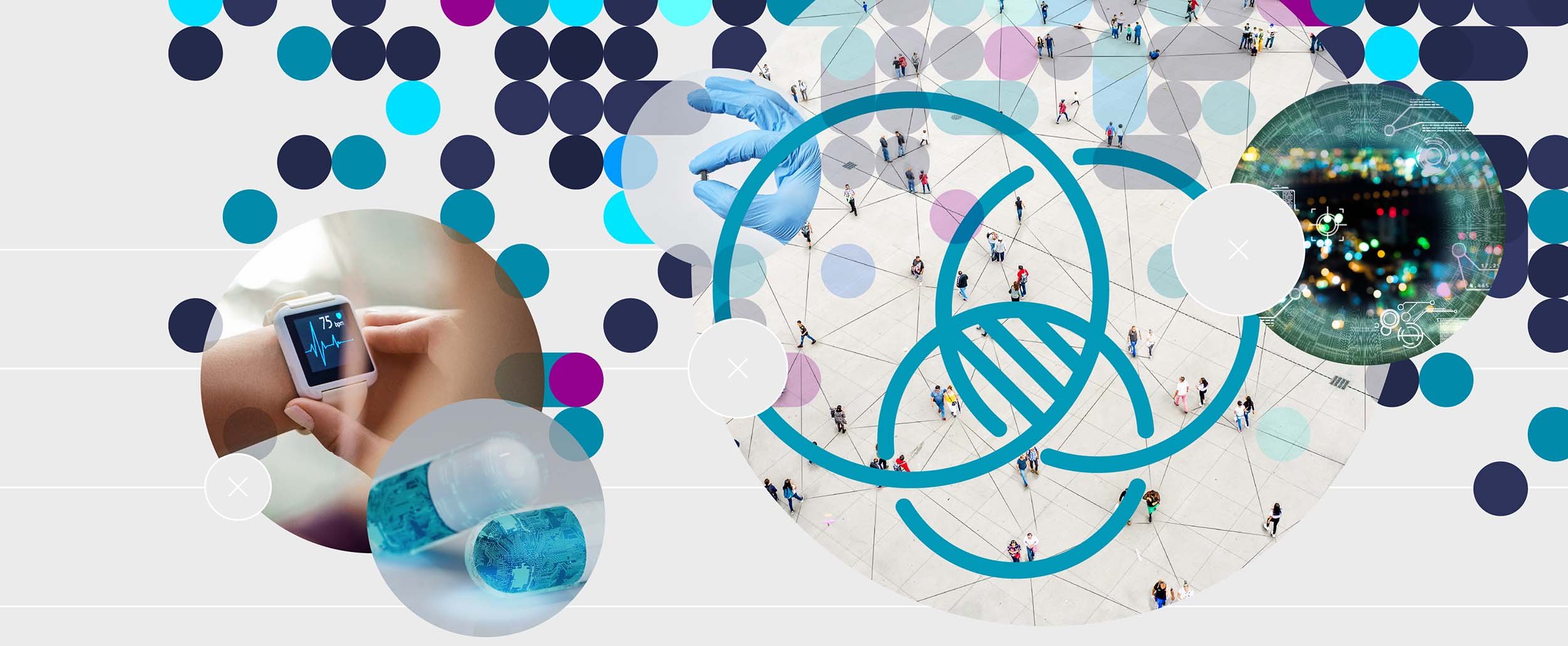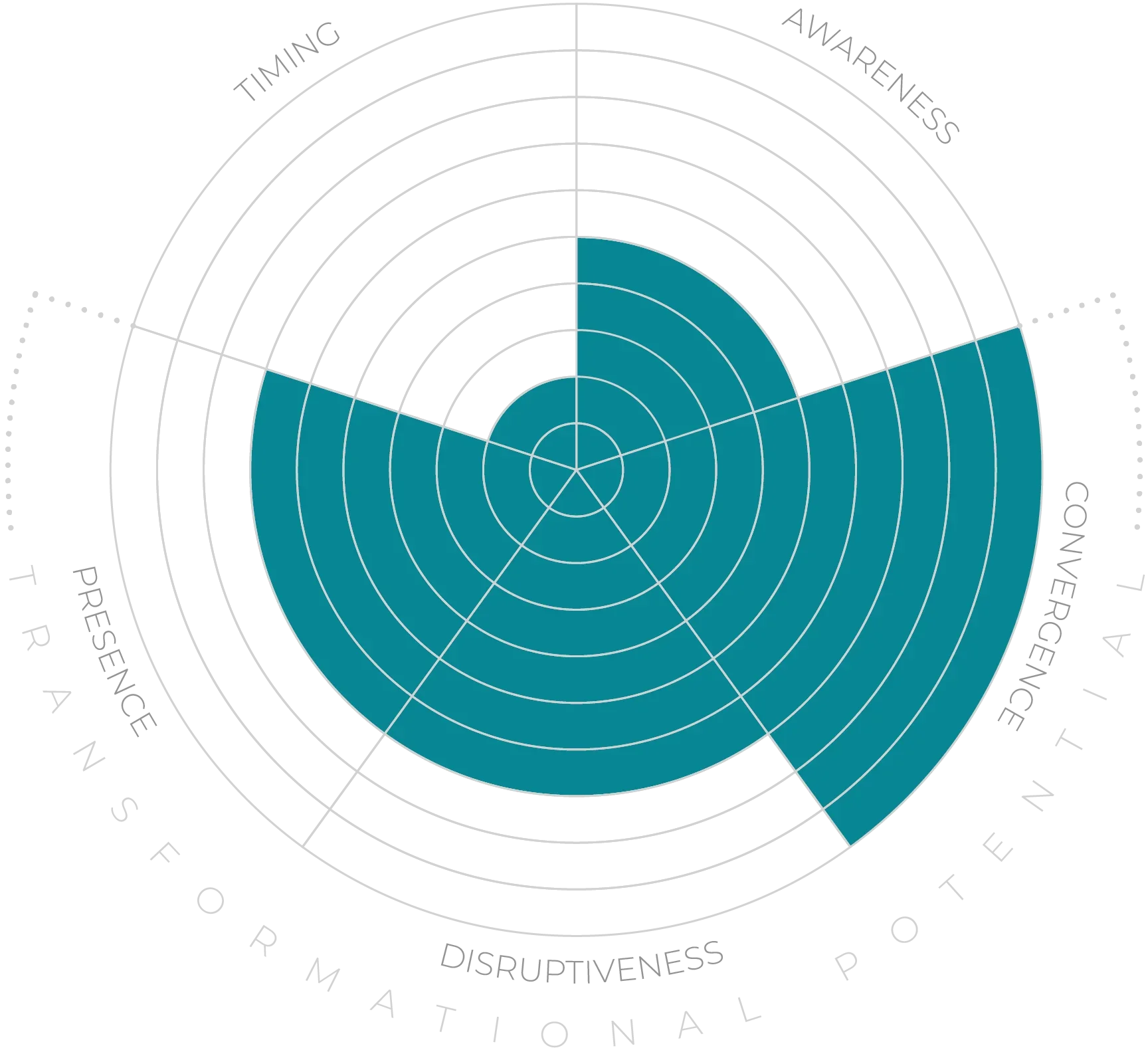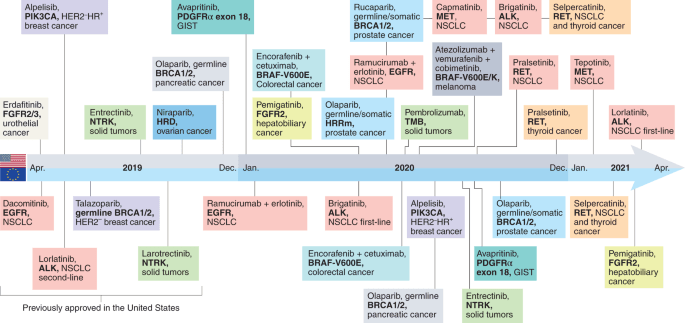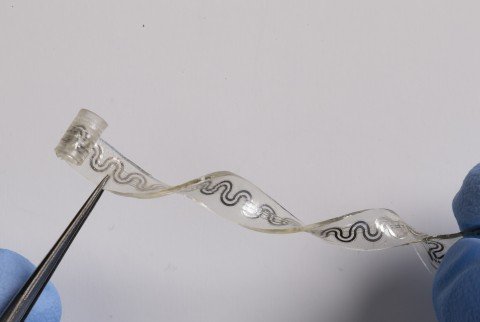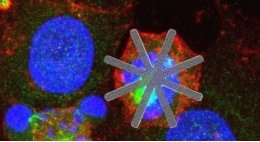However, this will require far more meaningful and reliable patient data than is currently available. This situation can be remedied: patient involvement can be increased and improved through digital tools that range from simple smartphone apps to wearables that harvest data from users' bodies, and require prescription or physician referral. Many include sensors, gamification and connection to the care team for more effective and frequent self-reporting, among other means of data generation.15
Such devices are rapidly evolving into commercial products. Since 2017 the US Food and Drug Administration has approved more than 40 health apps to manage health issues ranging from anxiety and opioid addiction to diabetes, back pain, and asthma. In Germany, health apps that are able to provide solid evidence from clinical trials are now covered by health insurance, and other EU countries are starting to copy the German model.
These “digiceuticals” are predicted to become ubiquitous because they offer two major benefits. Most immediately, they increase patient adherence to therapies and medicines, and allow more frequent monitoring, which improves outcomes. The second benefit is that they enable more precise, high-resolution, high-quality data collection and integration.16 This can identify patterns relevant for both the individual and patient populations.
The enormous volume of data generated by digiceuticals will make it necessary to use AI to identify patterns and generate useful insights.17 For example, machine learning could expose meaningful correlations between disease symptoms and cures, as well as between genomes, other -omic layers and vulnerabilities to particular diseases.18 This will also assist clinicians in decision-making, in the form of “augmented intelligence”.19 Augmenting human decision-making through the use of AI data analysis, sometimes referred to as “clinomics”, offers a potential step change in maintaining a population's health.
